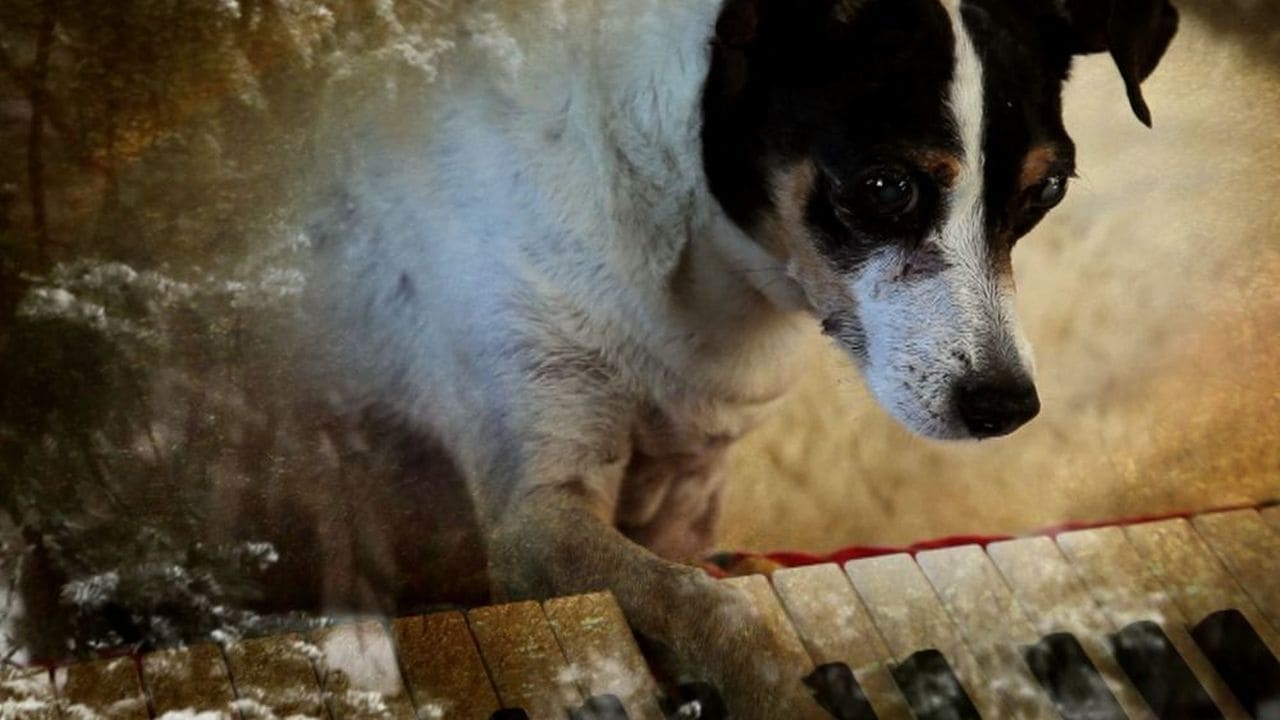

Well, I am pretty sure that Laurie Anderson created the movie she intended to.That may sound like faint praise, but if you appreciate Anderson's work (as I do) it will make you want to see it. I will let you know up front, though, that despite the blurb not a very high percentage of the movie is really about her dog, so if you are looking for a dog movie per se this isn't really it.It will not surprise anyone who knows Anderson's musical work that this work can't really be described as some kind of narrative or clearly spelled out philosophical message. It is more like a collage, if you will, including some stories or descriptive language about the dog, about episodes in Anderson's life, about deaths and instances of the danger of death, about New York after 9/11, about Tibetan Buddhism and its view of death. This all sounds rather grim, but it isn't. After death (in the Tibetan Buddhist view) there is a 49-day period or process called the "bardo" in which the soul prepares to enter a new form. It seems to involve a reprocessing and re-recognition of experiences somehow, and in fact the movie itself may be sort of a picture of the bardo. The collage is displayed on a background of images and sounds including Anderson's own creative work.I really don't think I can say much else that would enable you to better predict whether you would like the film or not. I didn't watch it and have epiphanies and come away feeling that I understood my place in the universe much better, but I don't feel as if I wasted my time; Anderson is a brilliant and interesting person, and spending an hour and a half with her thoughts is well worth it - to me anyway.
... View MoreWhat attracted me to go watch this is that it seemed more like a feature length essay video, which it was.The images are quite spellbinding and the narration is overall well written and pleasant to listen to.I found the first 30 minutes completely captivating and put me into an introspective mood.Then something happened that I can't quite explain. But the movie just completely lost my interest. I think that might be due to it dwelling for too long on the same sentiment. I was afraid that I would suddenly grow to hate this movie even though at first I was quite captivated.Then, thankfully, it turned a new leaf and I was captivated once more for the last 40/30 minutes.It is poignant, emotionally charged and quite beautiful to look at. But it did only have a few moments that really stood out for me.A favorite of this year for sure. But definitely only a lower ranking favorite for me overall, and a movie I will most likely only re-watch once.
... View MoreI am a Laurie Anderson fan. I have been since her album "Big Science" was released in 1982. I remember listening to "Walking and Falling" over and over on my SONY Walkman as I walked many paths and feeling like she really got it, whatever it was. I continued to follow her, through her release of "Home of the Brave" in 1986 and saw her perform live at the Zellerbach Hall in the 90s. Her marriage to Lou Reed seemed so perfect. So, when I heard she made a movie, I had to check it out. As I left the theater, I could only ask myself, "Why did it take so long?""Heart of a Dog" is a beautiful tribute to life, love, and the fleeting nature of time. It is everything you would expect from a Laurie Anderson movie and then some. It is not a documentary, it is a cinematic essay on loss and love and death and remembrance. It is poetry on film. Laurie Anderson is, in my mind, first and foremost a poet. She has been graced with an understanding of the power of language, not only in the actual chosen words, but in the cadence of their delivery. The influence of Burroughs is obvious. In "Heart of a Dog", she translates that poetry to imagery, mixing home movies, weird distorted images barely recognizable, to straight up film moments, it all comes together as the ultimate Laurie Anderson expression.If you are not a fan, this may not be the film for you, or it may be a gateway into the mind of a creative genius. It is not so much a film as a stream of consciousness visual essay. If you are a fan, then make all haste to see this film. It is everything you can imagine a Laurie Anderson film to be.
... View MoreNow Laurie Anderson isn't really a musician, she is an artist using all kinds of modern media and her concerts are more impressive than her audio CDs. I wasn't really sure what to expect of this film and fortunately it isn't as artsy as many of the works of video artists often are are, where - as usually in modern art - you have to make sense of the material yourself, somehow; no, this is a very watchable film with Laurie spreading out memories and thoughts about her rat terrier Archie and her mother, both of which have passed away rather recently. Also of course, her husband, the rock musician Lou Reed, had died only 2 years ago so the topic of death seems a very natural one in those circumstances. Still, this is not a sad or bitter film but at best maybe a melancholic but often also a happy one with an emphasis on cheerful memories. It is a meditation on life and death spoken in her very soft singsong voice.
... View More